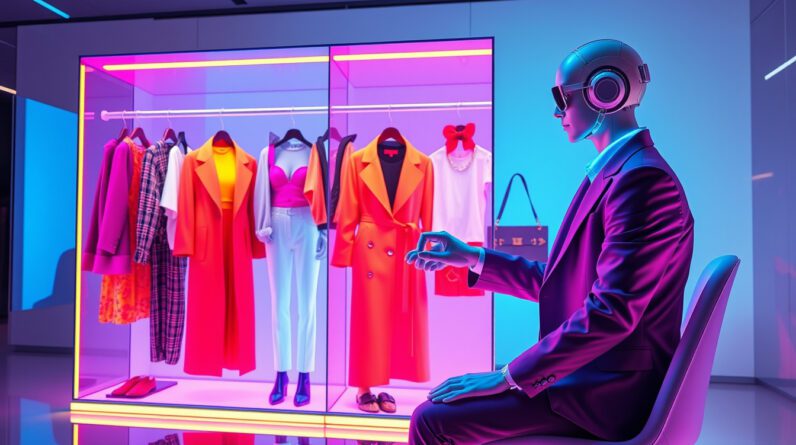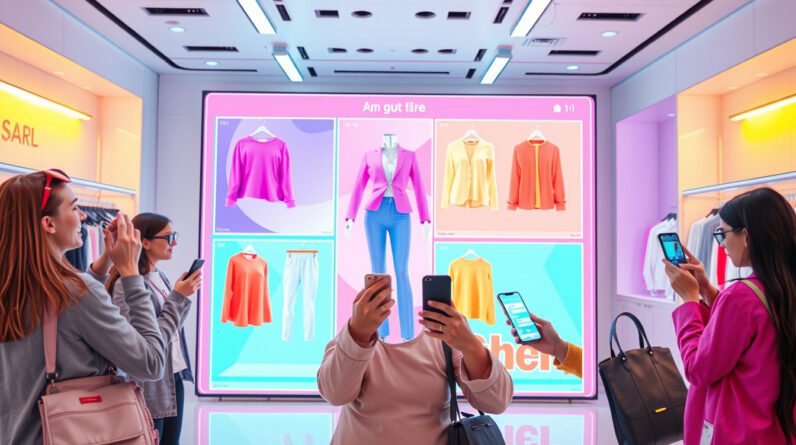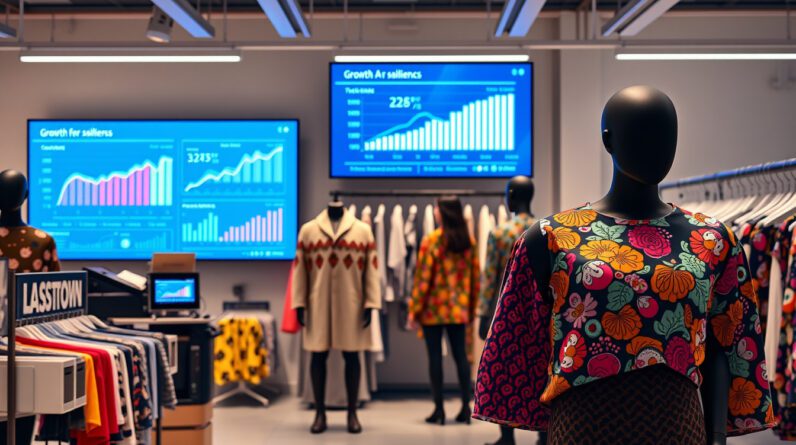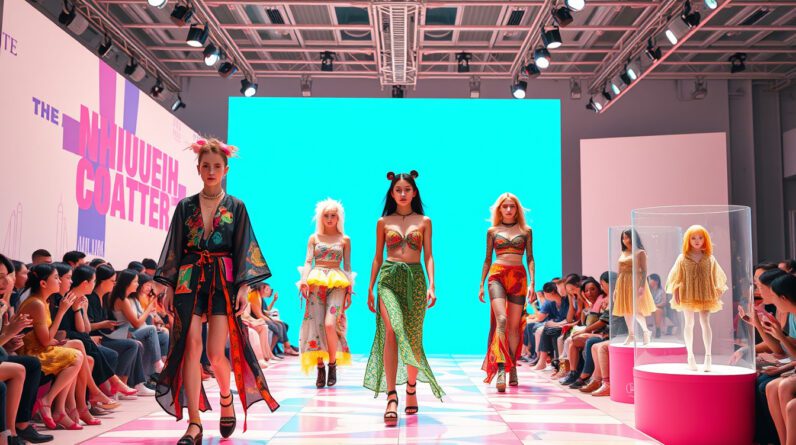
Daydream: The AI Shopping Assistant Set to Change Online Fashion Retail
Today, shopping online can feel too much. Daydream is a search engine that helps shop for clothes. Julie Bornstein co-founded Daydream. It uses smart AI to give style advice like a real helper.
Changing Online Shopping
Julie showed a beta version at the BoF VOICES event in Oxfordshire last November. She calls Daydream "ChatGPT for shopping." The tool cuts out long hours of clicking through many websites like Instagram, Amazon, and Net-a-Porter. Instead, it brings choices together in one simple space.
"We’re building a stylist for everyone," Julie said. Daydream will soon launch in the U.S. and then work in other regions.
A Shopping Experience with Clear Features
Imran Amed, BoF CEO, calls Daydream a tool that helps people find products online with smart tech. The system uses generative AI, machine learning, and computer vision. It cuts down the problem of too much information. With $50 million in seed funds, the team works with brands such as Gucci, Jimmy Choo, H&M, and Net-a-Porter. Today, the site shows more than a million items from over 5,000 brands, with plans to add even more.
Personalized Shopping Made Easy
Daydream stands apart by giving each shopper a personal touch. A user may type, for example, "burgundy dress with an odd shape for an evening event." In response, the tool shows curated product choices. Julie has a long history in online selling and AI. She helped start The Yes, which became part of Pinterest in 2022. Now, she works with a team of style experts to keep up with trends.
Linking Shoppers and Brands
When a shopper finds a product they like, they go straight to the brand’s website. Daydream does not process payments. This way, customers deal directly with brands. Shoppers can also share their finds with friends to get quick feedback. The founding team brings experience from firms like Google, Microsoft, and Amazon, which helps Daydream grow in online fashion.
Daydream in India: Questions and Prospects
As Daydream prepares to launch, people wonder if it will work well in India. A report shows that 39% of Gen Z consumers in India choose online luxury. Journalist Sujata Assomull asks if Daydream will include small, unique brands. Designer Karan Torani says that while Daydream may help find streetwear and mid-price fashion, shoppers looking for high-end items might still want the full, hands-on experience. For very expensive items, customers want to touch and feel before spending.
Conclusion
The fashion world now welcomes more smart tech. Daydream may change online shopping with its clear and user-friendly service. What happens next will depend on smart steps in different markets. Soon, shoppers may find a better way to shop for fashion in the digital space.





